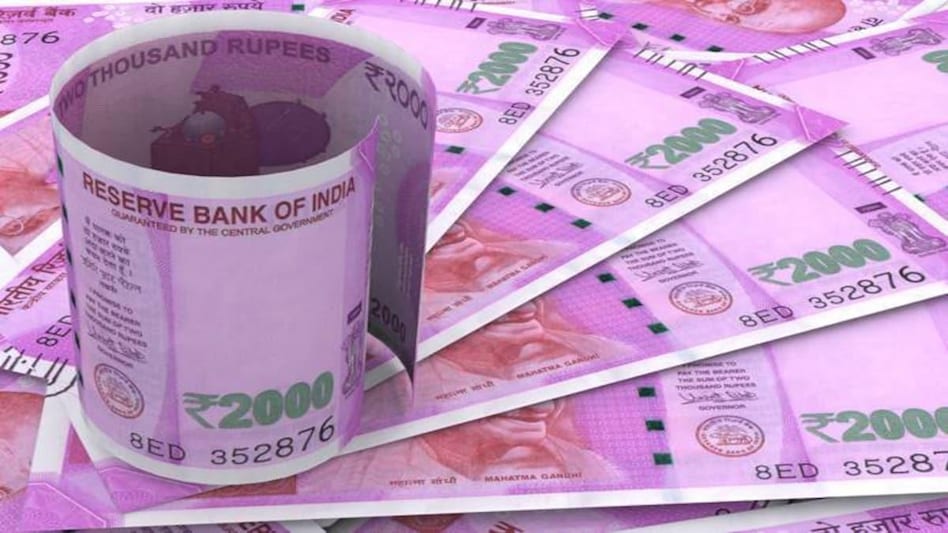India’s received a record level of FDI, valued at $83.57 billion, in 2021-22, despite the COVID outbreak. China receives over $180 billion-plus annually. But when compared to a decade ago, India’s current run rate of FDI has more than doubled. But is it enough?
 India has a long way to go before it can attract the kind of FDI that China did during the 90s and the 2000 decade.
India has a long way to go before it can attract the kind of FDI that China did during the 90s and the 2000 decade.
India needs foreign capital as domestic savings are not sufficient to fund the large investment needs of the economy. But India’s FDI to GDP ratio is stagnant at less than 2.5 per cent for decades. The same ratio was much higher at 4 per cent for China a decade ago when it was at the peak of its growth.
There seems to be actually no correlation between India’s GDP and FDI. “The lower FDI to GDP ratio demonstrates that FDI is not overly dependent on GDP. The second way to look at it is to evaluate how much higher GDP may have been if FDI had been higher,” proclaims Amit Aggarwal, Senior Partner, SNG & Partners. Deepak Bagla, MD& CEO of Invest India, which is India’s investment promotion agency, says that GDP always leads FDI. “GDP growth also creates an expansion of capacity to absorb capital,” he stresses.
India’s received a record level of FDI, valued at $83.57 billion in 2021-22, despite the COVID outbreak. China receives over $180 billion-plus annually. But when compared to a decade ago, India’s current run rate of FDI has more than doubled.
An EY-CII report released last month talked about India’s potential to attract FDI inflows of $475 billion in the next 5 years. What’s pied-piping investors is a clear road map of India’s ambitions. A month ago, India displaced the UK as the world’s fifth-largest economy. The timely production-linked scheme (PLI) with an outlay of Rs 2 lakh crore (or $24.30 billion) in sectors like consumer electronics, auto, and pharma is attracting global multinationals like Wistron, Dell, Lava, Dixon, and Foxconn, as well as Cisco, Flex, Nokia, and Ericsson.
India is now being increasingly discussed in the global boardroom for China plus 1 option. In addition, India is also creating its own Silicon Valley culture by encouraging cutting-edge technology, innovation, global R&D activity, and building a problem-solving start-up ecosystem.
“We are quite up there to hopefully set another record,” says a beaming Bagla, despite the cloud of recession. The FDI inflows have exceeded $22 billion in the first three months of 2022-23, which, at the present rate, will bring the year’s total to $90 billion.
However, India has a long way to go before it can attract the kind of FDI that China did during the 90s and 2000 decade.
The government-appointed Baba Kalyani Group, meant to study the Special Economic Zone (SEZ) Policy for boosting manufacturing and growth, has mentioned the need to have dispute resolution through arbitration and commercial courts. “We really lack dispute resolution and arbitration mechanisms,” says an industry insider on the condition of anonymity.
The big question in this context is then why do companies need to go to London or Singapore for arbitration? “India has an evolved arbitration act, but once an award gets passed, and then it gets into a kind of a rigmarole of appeals to the High Court and the Supreme Court, which takes away the whole juice of an arbitration ruling,” says Aggarwal of SNG & Partners. There is still a lot of work needed to beat China in the IMD’s World Competitiveness Index. India is at the 37th position, while China is up there at the 17th rank.
In its report titled ‘Opportunities and Expectations of MNCs’, the EY-CII report has mentioned that MNCs expect momentum on faster execution of infrastructure projects, ease of doing business, tax reforms, and implementing trade agreements. The last point is critical. India has now shifted to bilateral trade by establishing free trade agreements. It has three economic partnership agreements with Japan, South Korea, and the UAE, as well as two economic cooperation agreements with Malaysia and Singapore. According to experts, there are countries such as China where trade is particularly unfavourable, with surging billion-dollar imports. They question the FTAs with smaller trading partners like Canada, Australia, UAE, and the UK. “Canada may be small, but it’s not. Canada opens up North America for you now with the global shift happening. UAE opens up the entire continent of Africa to you. That is a big market. These are the gateways,” defends Bagla.




